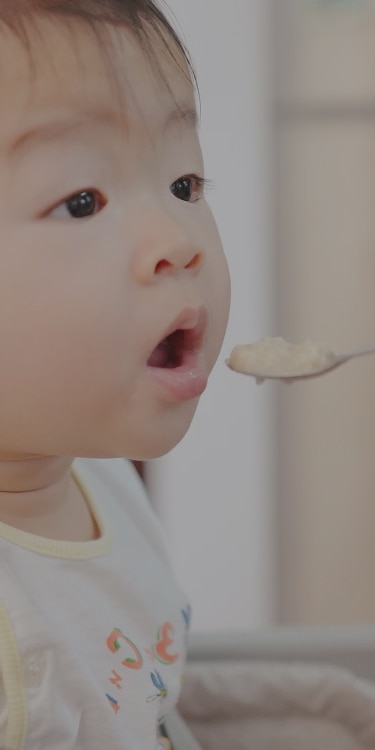Lactose is the dominant carbohydrate in breastmilk and the largest solid component, representing around 70g/Litre1, and breastmilk is the best feed for all infants, including those with CMPA. Lactose also forms the backbone to almost all Human Milk Oligosaccharides (HMO), the 3rd largest solid component of human milk.1,2
It has been suggested to provide beneficial effects for gut physiology, including prebiotic effects, as well as softening of stools, and enhancement of water, sodium and calcium absorption.3 The ESPGHAN expert group therefore considers it prudent to include lactose in infant formula.3 Previous concerns that infants with CMPA would react to residual protein traces in lactose have often resulted in complete avoidance of both lactose and cow’s milk protein.4 However, adverse reactions to lactose in CMPA infants are not supported by literature, and complete avoidance of lactose in CMPA is therefore no longer warranted.4
Francavilla and colleagues (2012) demonstrated that an eHF with added lactose confers prebiotic benefits in infants with CMPA. They reported that the addition of lactose shaped the composition of the gut microbiota by increasing total fecal counts of Lactobacillus and Bifidobacterium species, while decreasing levels of Bacteroides and Clostridia.5 Furthermore, lactose has been shown to be associated with better product palatability, which could improve acceptance/compliance.6,7
Althera is the only formula in our CMPA (AAA) range which contains lactose. Althéra® has been developed for the first-line management of CMPA and in hypoallergenicity studies was tolerated by 98.4% of infants with CMPA.8,9
1. Zivkovic et al., Proc Natl Acad Sci U S A. 2011;108(suppl 1) :4653‐4658.
2. Zivkovic et al., Funct Food Rev. 2013;5(1):3-12..
3. Koletzko B, et al. J Pediatr Gastroenterol Nutr. 2005;41(5):584-99.
4. Vandenplas et al. An ESPGHAN position paper. 2023. https://www.espghan.org/dam/jcr:7100468b-c6df-48bc-a566-6b13c427e756/CMA%20ESPGHAN%202022_V31.pdf;
5. Francavilla R, et al. Pediatr Allergy Immunol 2012;23(5):420-7.
6. Maslin K, et al. Pediatr Allergy Immunol 2018;29(8):857-62.
7. Miraglia Del Giudice M, et al. Ital J Pediatr 2015;41:42.
8. Nowak-Węgrzyn A, et al. Allergy 2019;74(8):1582-4.
9. Nowak-Wegrzyn A, et al. Nutrients 2019;11:1447.



